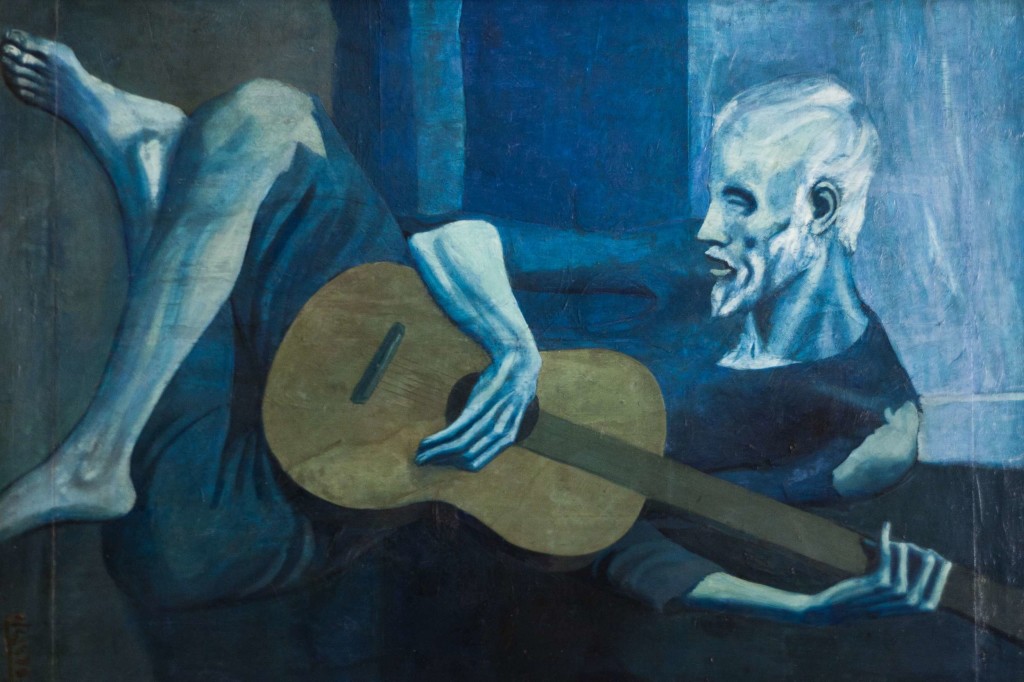High-schooler Yatora Yaguchi (Hiromu Mineta) looks like a delinquent but works hard to achieve good grades so he can enter a good university, find a good job, and break off his family’s financial shackles. His life is dull and predictable—until he stumbles upon his senior’s artwork. Guided by teachers and fellow art club members, such as Yuka (Hanamori Yumiri), he decides to take a leap into the art world.
The show, adapted from Tsubasa Yamaguchi’s manga series of the same name, is now on Netflix; animated under the direction of Katsuya Asano and Kôji Masunari. This move is significant because it makes fine art accessible. Picasso’s paintings look intimidating in a gallery, but through the lens of dynamic characters, they seem less foreign and more understandable.
This is why the clunky animation was disappointing. The presence of beautiful still frames, such as Yaguchi’s amateur sketches, only underscore the awkwardness of the moving animation and hinders the magical experiences that the writing tries to convey.
Thankfully, good writing rescued the series. The dynamic between Yaguchi and Yuka is brilliantly evocative. In episode one, Yuka deduces that Yaguchi is smoking to make friends. Yaguchi mocks Yuka for crossdressing. He tells them to use their ‘pretty face’ to find a rich partner and give up on art. To Yaguchi, stability in life equates to happiness, and the only way to achieve this goal is by conforming to societal standards. Throughout the series, this anxiety to conform juxtaposes with the human urge to express.
Whilst Yuka faces setbacks and discrimination, they never give up on expressing their identity. In contrast, Yaguchi struggles to become a more tolerable character through learning to appreciate art and expression. He admits later, very honestly, that he is a ‘low-level person’. The candidness of Yaguchi’s character is a bold move. It is hard to convince viewers to relate to unlikeable protagonists, but Blue Period manages to accomplish this, and in doing so, urges us to confront the darker, insecure sides of ourselves.
Through Yaguchi, Blue Period shows how accessible and unrestrictive the world of art is. The moment Yaguchi draws his first disproportionate tissue box, he enters the art world. It is that simple. But the quiet, simple act of creating teases out a desperate introspection of one’s identity. Ultimately, the process of making art to express ourselves is a quiet revolution.
Another thing I appreciate about the series is its explanation of art jargon and techniques. The advice on rendering perspective through linework and evoking mood through contrasting tones are helpful. It also urges the artist to consider art beyond pure technicalities; to focus on the intuitive process of creation. In conclusion, Blue Period shows us that our mundane self-discoveries are adventurous and exciting. It offers great advice on understanding and creating art. My only pet peeve is the clumsy animation, but I am willing to overlook that for this one. I recommend this series to both “artists” and “non-artists” because, as Blue Period shows, there is no such boundary.
Image courtesy of Christopher Rose via Barcelona-Home

